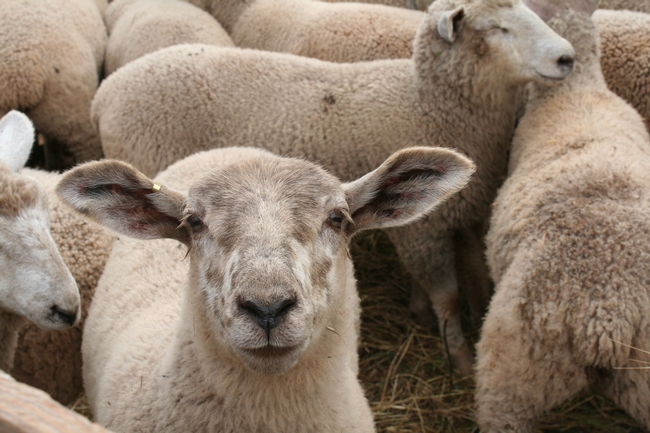As some may know, I've been doing a weekly podcast called "Sheep Stuff You Should Know" with my friend and fellow sheep producer, Ryan Mahoney. We started the project as an excuse to talk regularly about livestock during the initial COVID-19 shelter-at-home order, but it's turned into a great opportunity to explore topics that interest both of us. Since we started, we've talked about economic benchmarks, livestock guardian dogs, genetic selection, and our favorite lamb dishes. We've interviewed Ryan's grandfather, legendary sheepman Dick Emigh - and Dr. Fred Groverman, the dean of Shropshire sheep breeders in the U.S. But our conversation about value-added marketing several weeks ago has really stayed with me. We were talking about how each of us evaluate new marketing opportunities, and about the importance of budgeting and economic analysis. Ryan said, "It's easy to project your revenue on paper - we all like to think that all of our lambs [or calves, for that matter] will be top quality. But no matter what size operation you have, you'll always have tail enders - those lambs that simply don't grow. To be realistic, our budgets need to acknowledge this fact."
Since this conversation several weeks ago, I've been thinking about our tail enders. There are always a handful of lambs that simply don't perform - maybe they were challenged with health issues as lambs, perhaps they were more susceptible to internal parasites like barberpole worms or coccidia. In talking with cow-calf producers, this seems to be a common issue. We all have animals that simply fail to thrive for one reason or another.
For me, this suggests I need to examine my management and my genetic selection. I need to keep better records - do my tail enders come from the same ewes every year? From the same rams? This year, I'll go back through my lambing records and note the dams of these tail end lambs. I'll also take a look at our weaning procedures - are there things we can do when we separate lambs from ewes that will reduce stress and maintain productivity.
In the meantime, I need to sell these lambs. We market most of our lambs shortly after weaning (typically at a premium), but I always hang on to these poorer performing lambs in the hopes that maybe I can turn them around. That means that I've got a handful of poor doers now that I've spent money and time on - perhaps not the best investment I could have made. Maybe I need to rethink my market timing. Maybe these tail end lambs - and our cull ewes - should go to the sale at weaning.
I'm curious - how do you deal with your tail enders? Do you have any? If you do, what is YOUR marketing strategy? I hope you'll share your thoughts in the comments!
And if you're interested in our Sheep Stuff podcast, here's the link!
